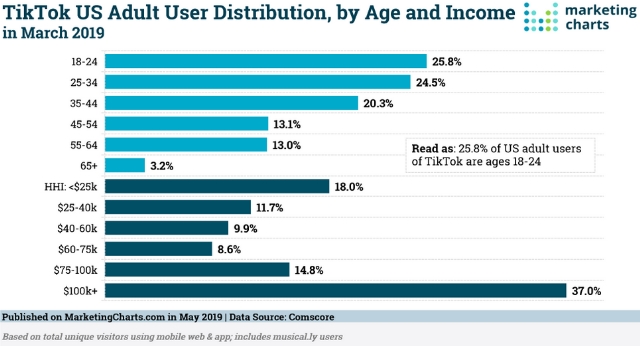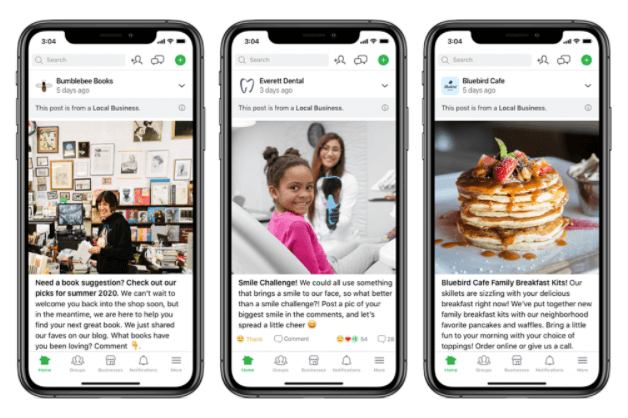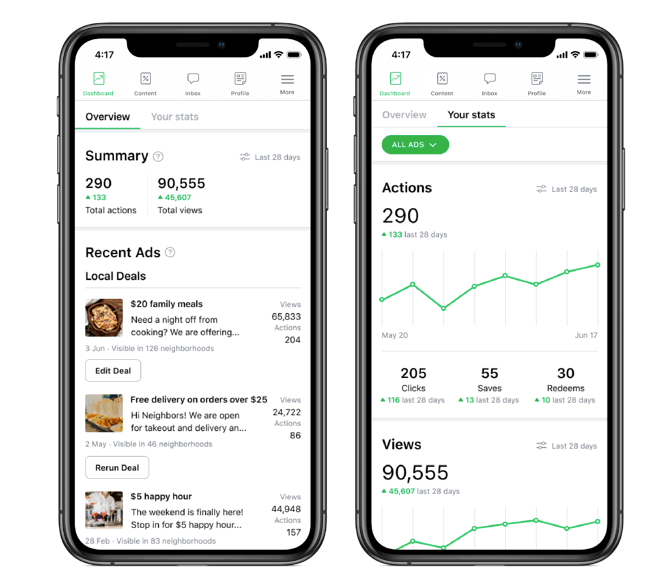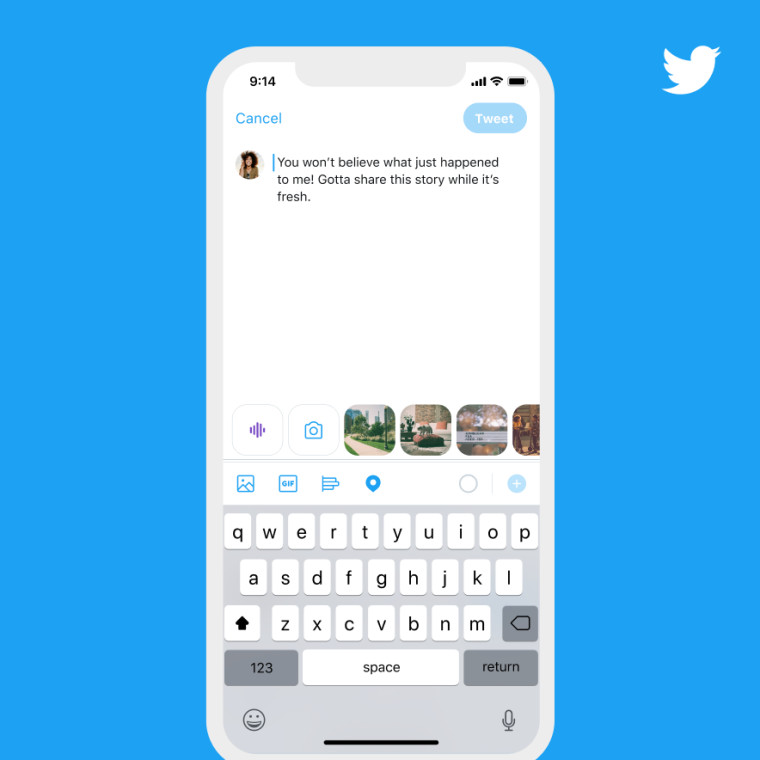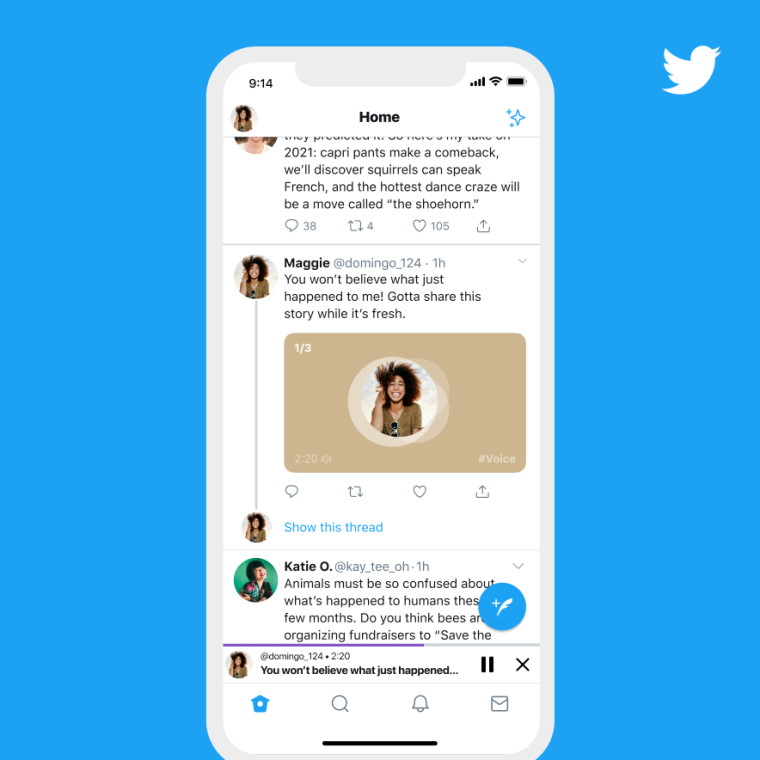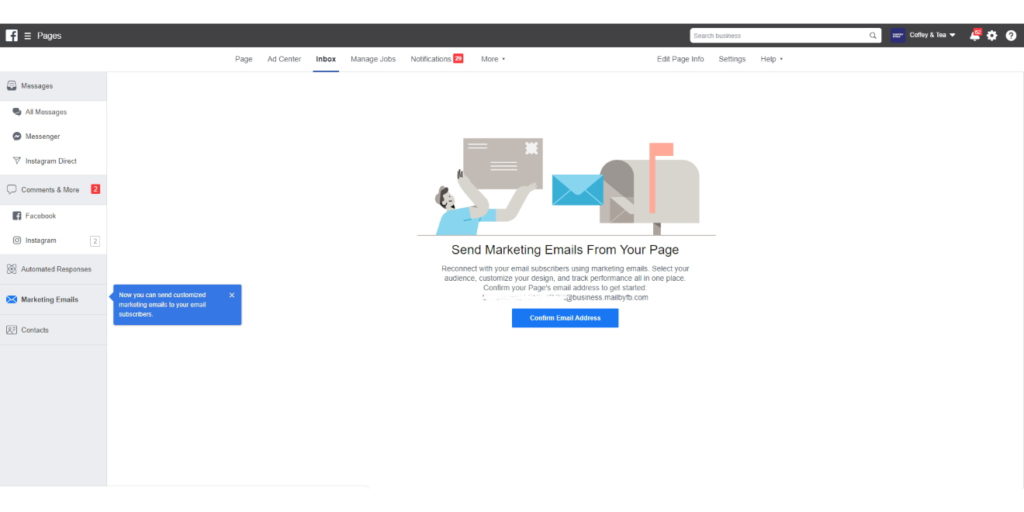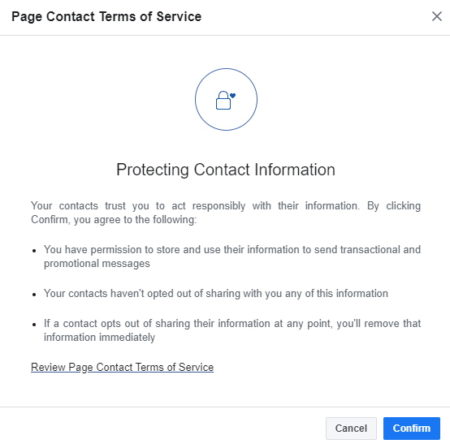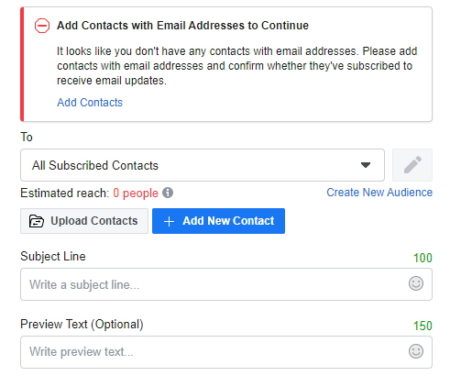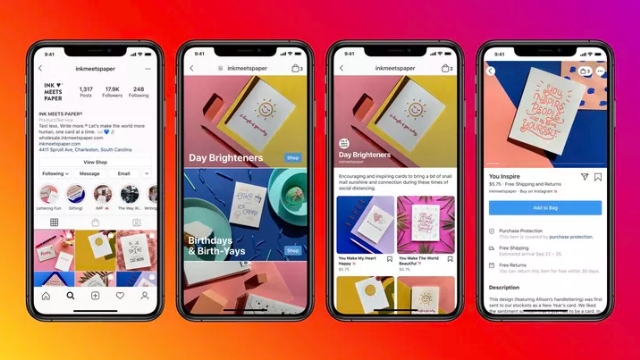Pinterest is making some big changes to its ranking algorithm to ensure users see a variety of content in their home feed.
Pinterest uses a ranking model which highlights content based on a click-through prediction model. What this means, is that the platform surfaces content it believes a user is most likely to click on, based on their past activity.
Although this model works to ensure users are only seeing content that is relevant and interesting to them, it can create a negative feedback loop which can limit the types of content shown.
For example, if a user goes a while without clicking on videos, the algorithm will stop showing videos. However, that doesn’t necessarily mean that person doesn’t like videos. There are a number of reasons they may have avoided videos for a period, including irrelevant content and not being in a place where it is convenient to watch videos.
To account for this issue, Pinterest created what a new system which it is calling “controllable distribution.”
What is Controllable Distribution?
In the announcement, Pinterest clarifies that controllable distribution isn’t an entire overhaul of its ranking algorithm. Technically, it isn’t part of the core ranking system at all.
Instead, controllable distribution is a ranking system applied after the core home feed algorithm to diversify feed content.
This will ensure that specific content ratios are present in users’ feeds which may have become monotonous.
The system does this by comparing the types of content in your unadjusted feed with a specified ratio and adding new types of content for users which may otherwise be lacking.
Most importantly, the company says this system can be implemented smoothly while still respecting users’ preferences.

